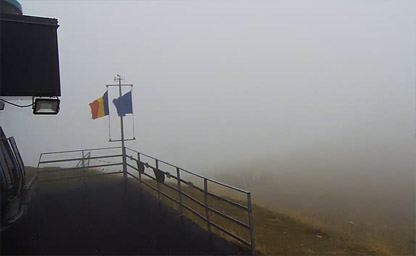
Sinaia
On The Bucegi Mountains, bordered by Prahova Valley

On The Bucegi Mountains, bordered by Prahova Valley
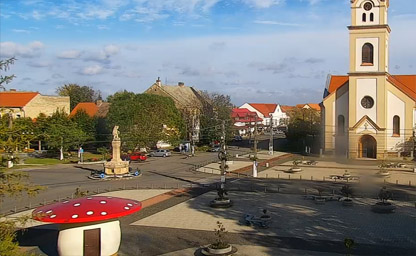
The contact between Timis Plain and Mures Plain
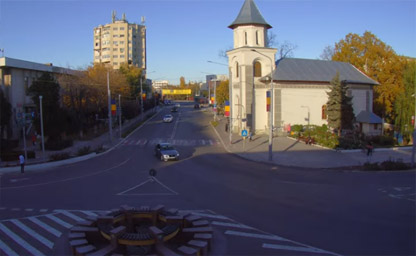
A historical landmark that reflects the rich cultural heritage of the region
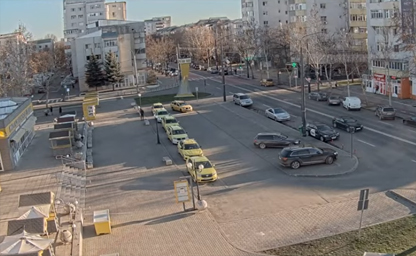
Situated in the southern part of the North-East Region of Romania
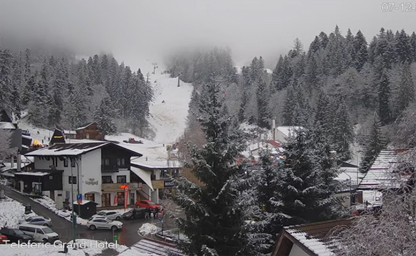
The biggest and most luxurious mountain resort in Romania
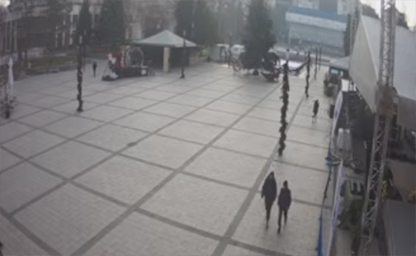
The main square in Reșița, the capital of Caraș-Severin County
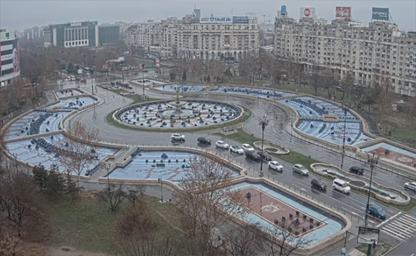
In display is the Unirii Square (Unirii Piața), with Piața Unirii Fountains surrounding the roundabout
Explore the captivating beauty of Romania through its innovative streaming cams that offer a real-time window into a land of ancient castles, rolling vineyards, and breathtaking natural landscapes. Whether you’re admiring the mystical allure of Transylvania, the vibrant energy of Bucharest, or the serene charm of the Danube Delta, these live webcams capture every moment of Romania’s diverse scenery with stunning clarity. With user-friendly interfaces and high-definition streams, visitors can virtually traverse cobbled streets steeped in history, witness the changing colors of autumn in the Carpathian Mountains, or enjoy the lively cultural festivals that bring local communities together.
The streaming cams not only serve as a dynamic tool for travelers planning their next adventure but also offer a unique way to keep up with weather changes, seasonal events, and the everyday life of Romanians. From the majestic Bran Castle and its legendary tales to the tranquil shores of the Black Sea, every webcam is a portal into the heart of Romania, making it easier than ever to explore hidden gems and iconic landmarks from anywhere in the world. Perfect for travel enthusiasts, digital nomads, and history buffs alike, these live streaming platforms are optimized for mobile and desktop viewing, ensuring that you can enjoy uninterrupted access whether at home or on the go. Embracing the latest in technology and tourism, Romania’s streaming cams provide an immersive experience that combines historical intrigue with modern convenience, inviting you to witness the pulse of a nation that balances tradition and innovation in every frame.